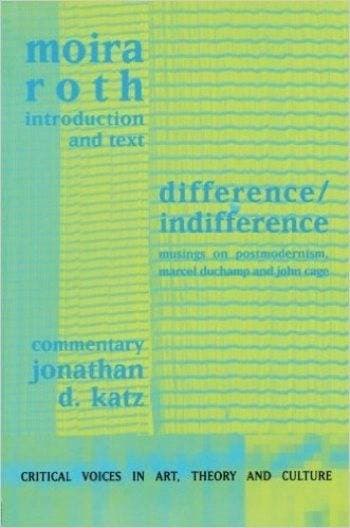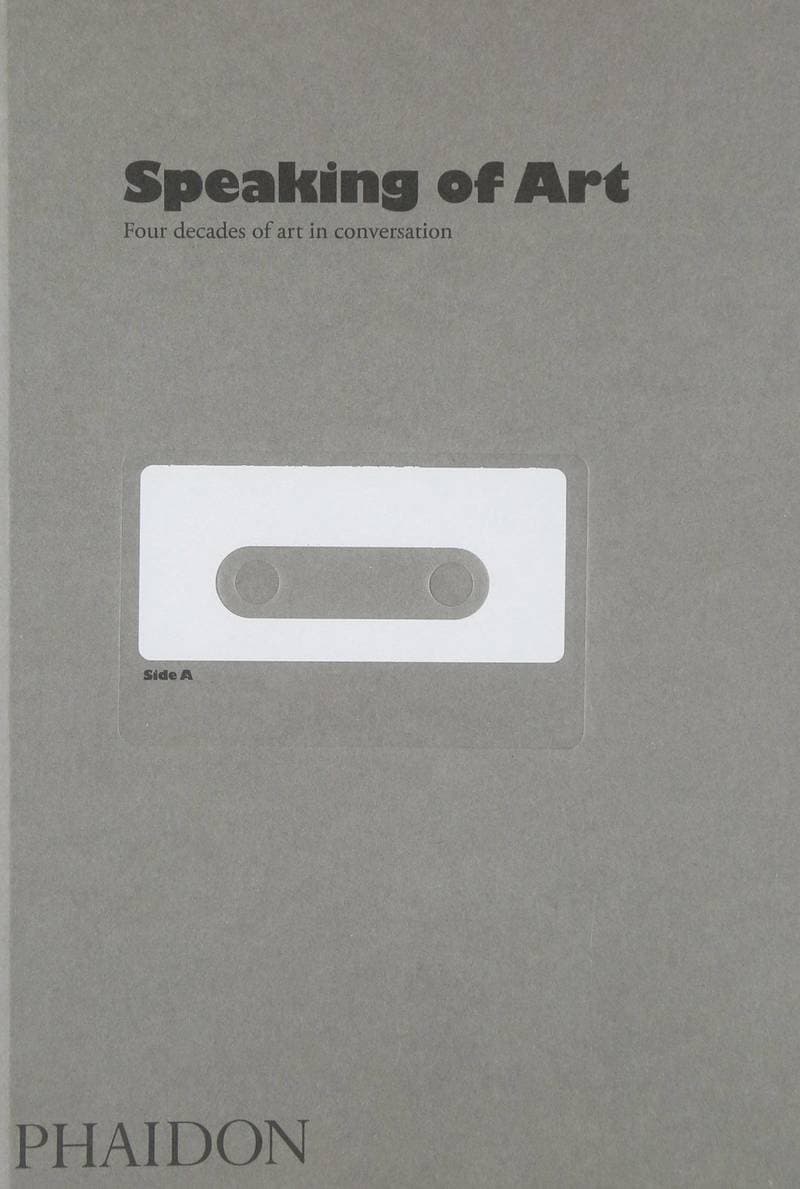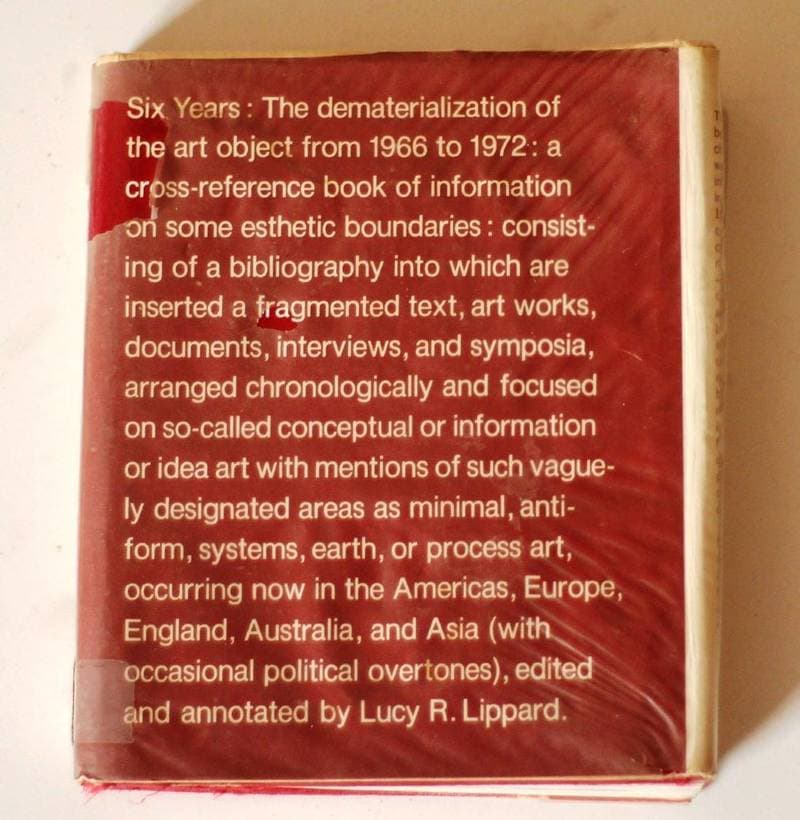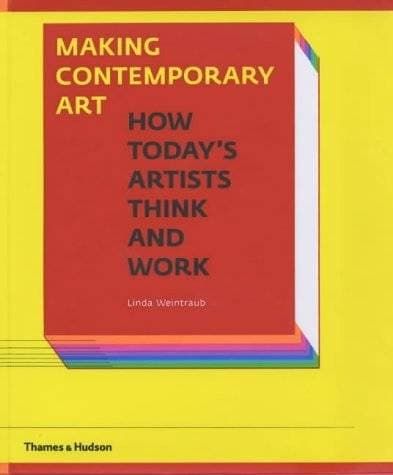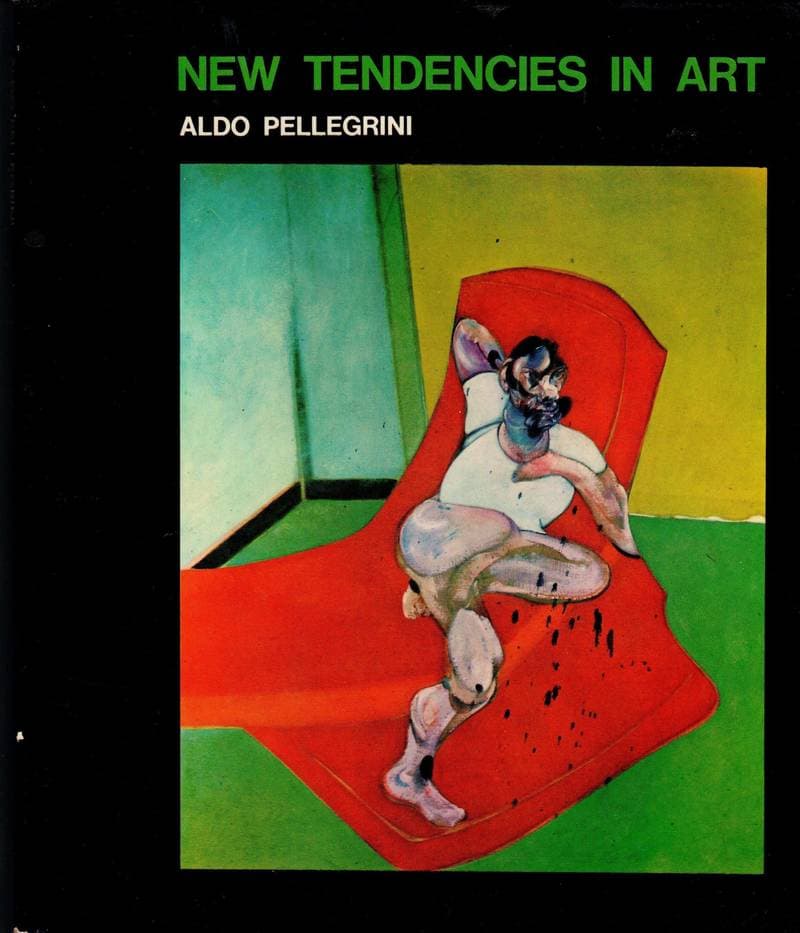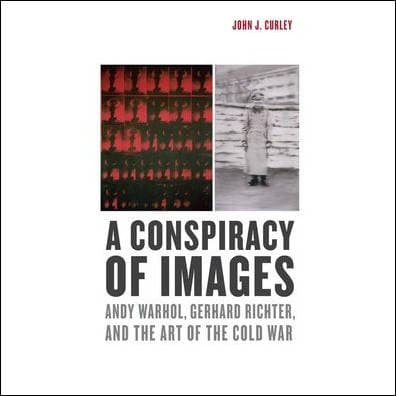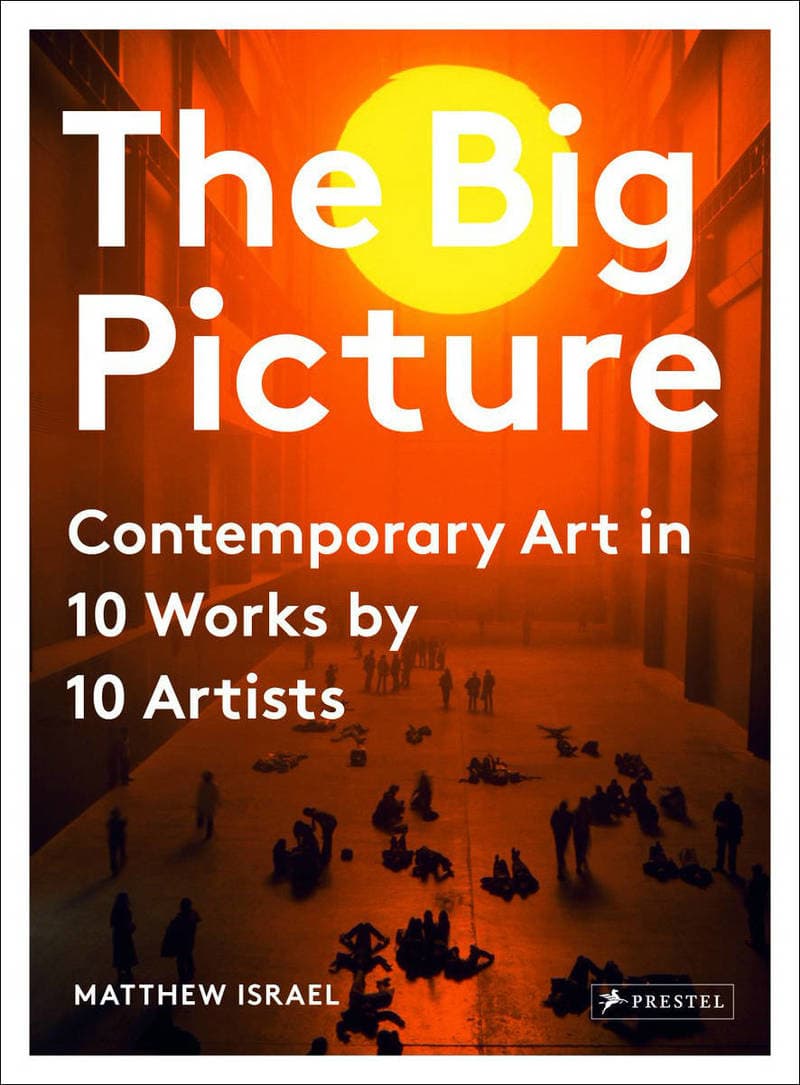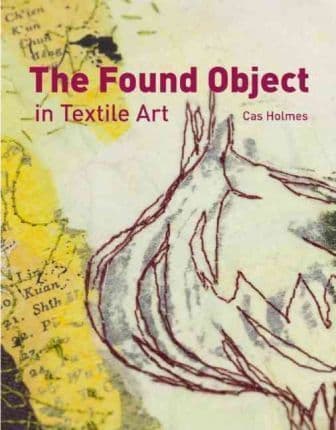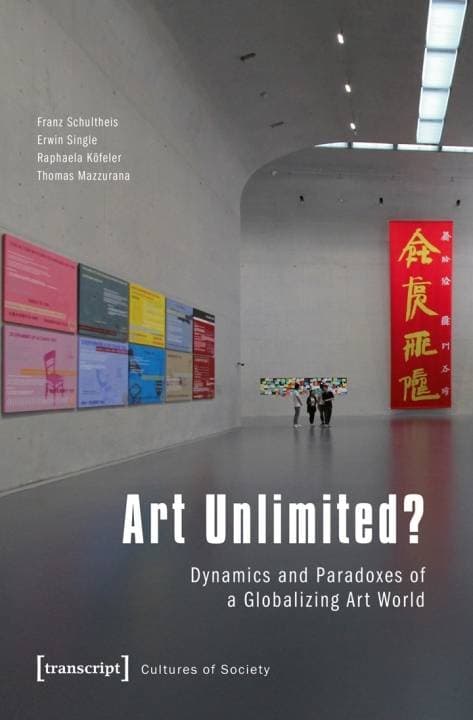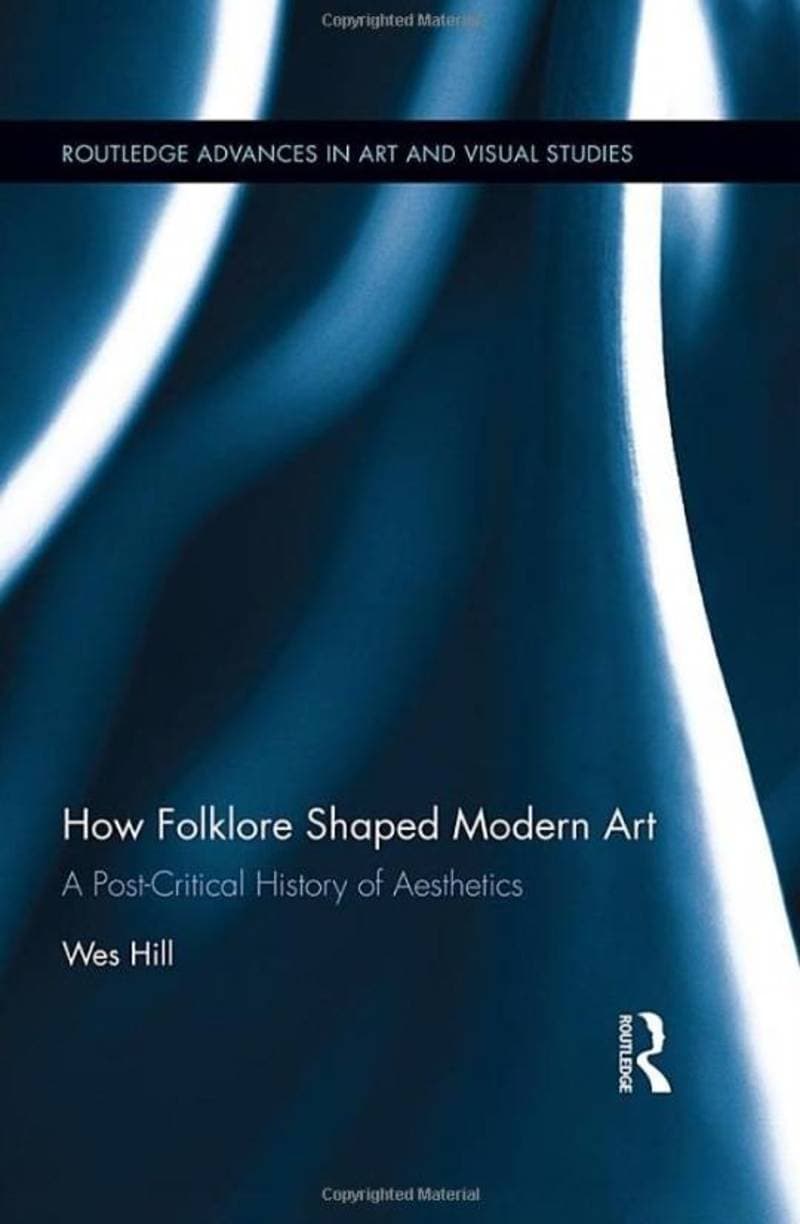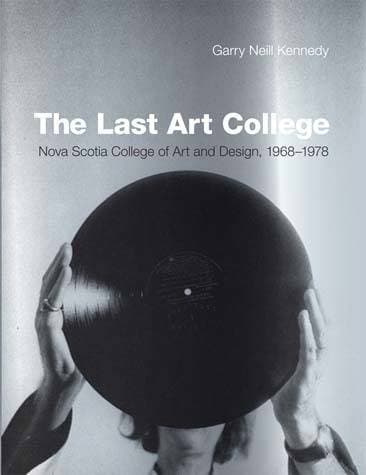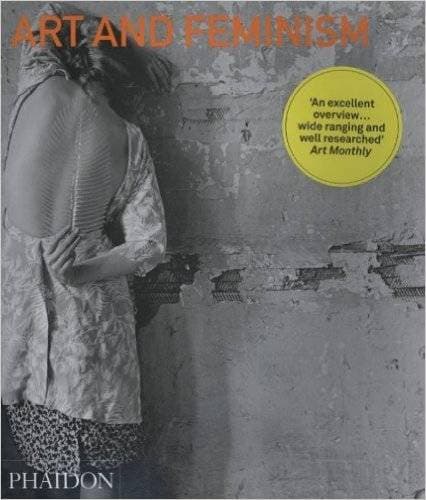From Margin to Center: The Spaces of Installation Art
Unlike traditional art works, installation art has no autonomous existence. It is usually created at the exhibition site, and its essence is spectator participation. Installation art originated as a radical art form presented only at alternative art spaces; its assimilation into mainstream museums and galleries is a relatively recent phenomenon. The move of installation art from the margin to the center of the art world has had far-reaching effects on the works created and on museum practice. This is the first book-length study of installation art. Julie Reiss concentrates on some of the central figures in its emergence, including artists, critics, and curators. Her primary focus is installations created in New York City — which has a particularly rich history of installation art — beginning in the late 1950s. She takes us from Allan Kaprow's 1950s' environments to examples from minimalism, performance art, and process art to establish installation art's autonomy as well as its relationship to other movements. Recent years have seen a surge of interest in the effects of exhibition space, curatorial practice, and institutional context on the spectator. The history of installation art — of all art forms, one of the most defiant of formalist tenets — sheds considerable light on the issues raised by this shift of critical focus from isolated art works to art experienced in a particular context.
Данные книги
Кембридж
2001
182 страницы
9780262681346
Открытый доступ
Да
Да
709.042 Rei
1
- Difference/Indifference: Musings on Postmodernism, Marcel Duchamp and John Cage2013
- Speaking of Art: Four Decades of Art in Conversation2010
- Six Years: The Dematerialization of the Art Object from 1966 to 19721973
- Making contemporary art: How modern artists think and work2003
- New Tendencies in Art1966
- A Conspiracy of Images: Andy Warhol, Gerhard Richter, and the Art of the Cold War2013
- The Big Picture: Contemporary Art in 10 Works by 10 Artists2017
- The Found Object in Textile Art2010
- Art Unlimited?: Dynamics and Paradoxes of a Globalizing Art World2016
- How Folklore Shaped Modern Art: A Post‑Critical History of Aesthetics2016
- The Last Art College. Nova Scotia College of Art and Design, 1968–19782012
- Art and Feminism2012

